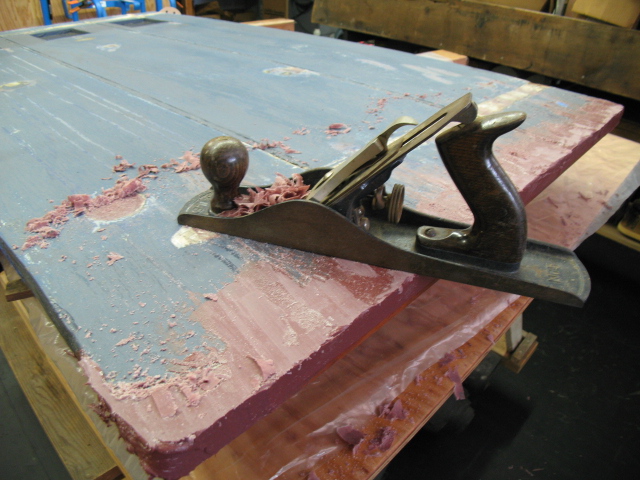Epoxy Restoration Videos
"Safety First" - Tips for Preparing to Mix Epoxy
Safety tips when preparing to mix and use ConServ Epoxy 100 consolidant and 200 patch safely.
Equipment Preparation to Mix and Apply Consolidant 100
Work area setup, methods and tools for mixing and applying our ConServ Epoxy 100 Consolidant.
Epoxy In Action
Epoxy being applied to a large wood timber joint. See how to mix ConServ Epoxy Consolidant 100, and then watch applications of consolidant to timber joints. Flexible Patch 200 is mixed and applied while Fiberglass Rebar 800 is also being used.
Product Breakdown
Dividing large sizes of our 100 and 200 into smaller sizes for project requirements. *Note: For those unfamiliar with our products, it is best to purchase smaller sizes to prevent errors in ratio affecting the cure.
Report From the Field with John Leeke: Marlowe Restorations LLC
An innovative post restoration with epoxy on white oak timbers.
ConServ Flexible Epoxy 100 & 200
Explanation of the test: Here is a simple epoxy flexibility test that we can all perform: Fill a 4" & if possible a 2-3/4" clean flexible plastic lid (coffee can lid etc.) with consolidant and another with patch/filler. No release agent should be necessary. Allow to cure until it is at least tack free and remove it from the lid. This should create a disc. that is approx. 3/16"-1/4" thick. Fold in half until two edges touch and release. The goal is to not split or break and it should rebound back to flat on its own within seconds. The consolidant should score an A+ and the patch approx. a B+ because the patch has fillers which will inhibit a quick and complete rebound on its own.



